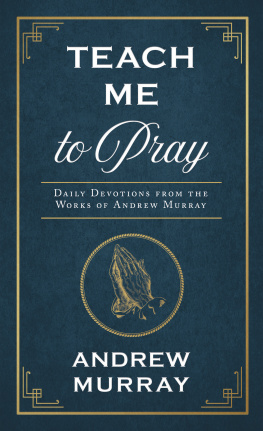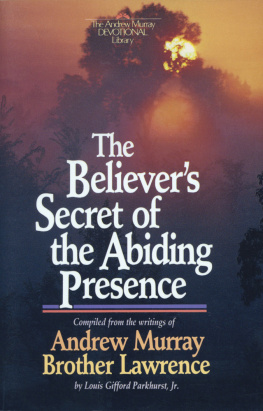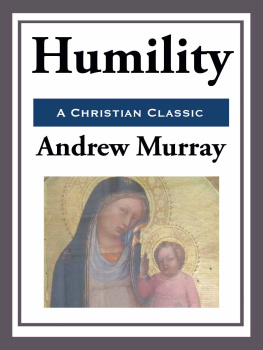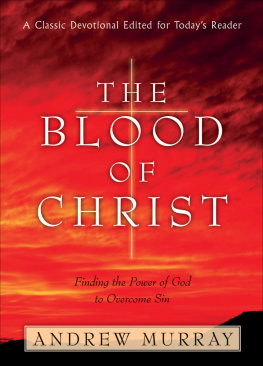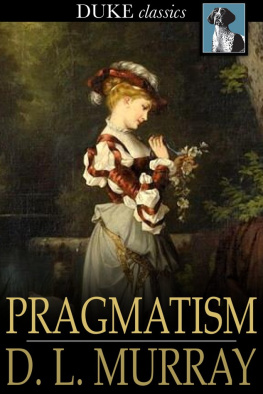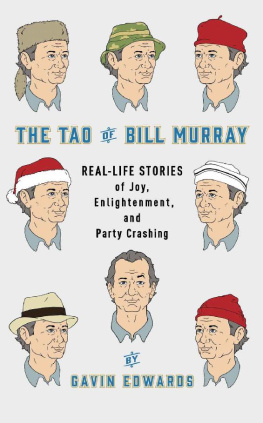First published in Great Britain in 2014 by
PEN & SWORD ARCHAEOLOGY
an imprint of
Pen and Sword Books Ltd
47 Church Street
Barnsley
South Yorkshire S70 2AS
Copyright Tim Murray, 2014
HARDBACK ISBN: 978 1 78346 352 7
PDF ISBN: 978 1 47383 687 7
EPUB ISBN: 978 1 47383 511 5
PRC ISBN: 978 1 47383 599 3
The right of Tim Murray to be identified as the
author of work has been asserted by him in accordance
with the Copyright, Designs and Patents Act 1988.
A CIP record for this book is available from the British Library
All rights reserved. No part of this book may be reproduced or transmitted
in any formor by any means, electronic or mechanical including photocopying,
recording or by any information storage and retrieval
system, without permission from the Publisher in writing.
Printed and bound in England
by CPI Group (UK) Ltd, Croydon, CR0 4YY
Typeset in Times New Roman by
CHIC GRAPHICS
Pen & Sword Books Ltd incorporates the imprints of
Pen & Sword Archaeology, Atlas, Aviation, Battleground, Discovery,
Family History, History, Maritime, Military, Naval, Politics, Railways,
Select, Social History, Transport, True Crime, and Claymore Press,
Frontline Books, Leo Cooper, Praetorian Press, Remember When,
Seaforth Publishing and Wharncliffe.
For a complete list of Pen and Sword titles please contact
Pen and Sword Books Limited
47 Church Street, Barnsley, South Yorkshire, S70 2AS, England
E-mail:
Website: www.pen-and-sword.co.uk
Contents
Details of first publication
I very gratefully acknowledge the publishers who have graciously permitted the reprinting of these papers and book chapters. I also gratefully acknowledge the Bromley Museum and the State Library of Victoria for permission to republish the images in .
: First published in V. Pinsky and A. Wylie (eds.) Critical Directions in Contemporary Archaeology, pp. 55-67. Cambridge University Press. (1990)
: First published in Antiquity 66:730-743. (1992)
: First published in World Archaeology 25(2):175-186. (1993)
: First published in Archaeological Dialogues 3:55-69. (1996)
: First published in T. Murray (ed.) Archaeologists: A Biographical Encyclopaedia, pp. 869-883. ABC-CLIO: Santa Barbara. (1999)
: First published in A. Gustafsson and H. Karlsson (eds) Glyfer och arkeologiske rum en vnbok til Jarl Nordbladh, pp. 501-515. University of Gteborg, Sweden. (1999)
: First published in R. Corbey and W. Roebroeks (eds) Studying Human Origins: Disciplinary History and Epistemology, pp. 29-44. Amsterdam: University of Amsterdam Press. (2001)
: First published in Antiquity 76:234-238. (2002)
: First published in Leonid Vishnyatsky (ed.) The Archaeologist: Detective and Thinker, pp. 204-215. St Petersburg University Press. (2004)
: First published in Bulletin of the History of Archaeology 15(2):26-37. (2005)
: First published in Bulletin of the History of Archaeology 17(2):14-22. (2007)
: First published in N. Schlanger and Jarl Nordbladh (eds) Archives, Ancestors, Practices Archaeology in the Light of its History, pp. 59-71. Berghahn Books: New York and Oxford. (2008)
: First published in Antiquity 83: 488-499. (2009)
: First published in J. Carman, C. McDavid and R. Skeates (eds) Oxford Handbook of Public Archaeology, pp. 135-152. Oxford University Press. (2012)
Acknowledgements
It is hardly surprising that after 37 years of teaching and research in this field I have a great many people to thank and to acknowledge for assistance and advice on matters great and small. However, limitations of space prevent me from acknowledging all but those who have made the most significant contributions as colleagues and mentors, and those who have helped this book to happen.
First, to the two people who taught me most about the history and philosophy of science, the late Ian Langham, and the murky world of 19th century race theory, the late Bob Dreher. Then to colleagues who have done so much to take the history of archaeology from boutique accessory to mainstream research, particularly the late Bruce Trigger, Alain Schnapp, Chris Evans and the late Doug Givens (the founder of the Bulletin of the History of Archaeology). Finally to colleagues who have shaped my life as an archaeologist, especially Jim Allen, Roland Fletcher, Geoff Bailey and Norman Yoffee. Clearly, none of these people should be held responsible for the consequences of all that support, guidance and stimulation!
The arduous task of scanning was undertaken by Jo Muscat and Jane Schleiger from the Faculty of Humanities and Social Sciences, and Susan Bridekirk did sterling work on editing the resultant manuscripts for consistency and accuracy. This book would not exist without them.
Much of the research for these publications was the product of funding received from the Australian Research Council, and I also gratefully acknowledge the support of La Trobe University, Melbourne, Australia.
Finally many thanks to my family who have had to put up with frequent absences and much distraction for so many years. Dedicating this book to them is a small token of the debt I owe.
Chapter 1
Explorations in the historiography of archaeology: a personal account
The papers and book chapters collected here were published between 1990 and 2012, but the themes they explore all grew out research and writing that took place between 1976 and 1987 for three dissertations, all submitted to the University of Sydney.
The first dissertation, Aspects of Polygenism in the Works of Robert Knox and James Hunt (1976), explored the space between historiography and the histories of anthropology and archaeology that had been recently charted by John Burrow (1966) and George Stocking (1968, 1971). My focus was on the history of race theory in Europe as it came to be expressed within the formal structures of disciplines as they were emerging from Natural Philosophy in the nineteenth century. report developed versions of this research.
The second dissertation, Patterns in Prehistory: Gordon Childe Reconsidered (1978), traced the influence of race theory in nineteenth and twentieth century prehistoric archaeology through the work of Australian archaeologist Vere Gordon Childe. Of course I was hardly the only person interested in Childe, as witnessed by the flood of monographs and papers that have since appeared (see eg Gathercole et al. 1995; Green 1981; McNairn 1981; Trigger 1980), but my specific concern was to investigate the role of the concept of culture (particularly its ethnic connotations) in Childes treatment of the prehistory of what he called European Civilization. presents a later application of this research to a broader question of the nature of archaeological theory in understanding the identity of Europe.
Shortly after completing these undergraduate dissertations I began work on my doctoral dissertation Remembrances of Things Present: Appeals to Authority in the History and Philosophy of Archaeology (1987). Its thesis was straightforward and the approach (and areas of focus) I developed has been the foundation of , and has also played a significant role in my use of the history of archaeology to explore the broad question of the nature of time in archaeology.
In that dissertation I observed that over the past thirty years virtually every aspect of archaeology from its nature as a discipline to its relationship with society has been the subject of inquiry, debate and change. Not only has there been a vast increase in the amount of archaeology being done and the number of archaeologists doing it, but the development of new techniques of dating and analysis has also helped to broaden and deepen the scope of the discipline itself. New methodological links have been forged with the human, earth, and life sciences, with practitioners ranging far in search of approaches that could help them expand their understanding of the meaning and significance of the archaeological record.



